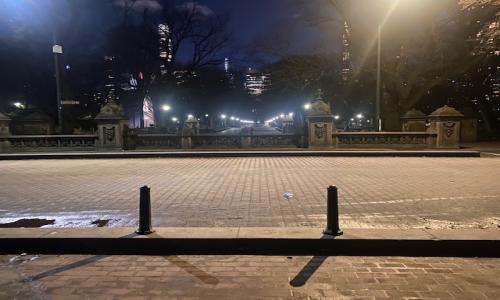As longer term interest rates have picked up in the second half of 2013, we have seen major US banks – particularly Chase, Citibank, Morgan Stanley and Goldman Sachs – come to market with interesting debt-side Structured Notes after having been unable to fund these notes in 2012 and 2013. US subsidiaries of HSBC and SocGen, two major European banks, have now come to the US market with their own notes.
HSBC’s Structured Note is a 15 year note paying as much as 10% APY (on quarterly payment dates) based on the difference between the 30 year and the 5 year Constant Maturity Swap (CMS) rate note and is very similar to the recent Citibank offering that I wrote about earlier. This Note, however, is slightly more favorable than the Citibank offering in two respects. First, the HSBC note is only callable at the first anniversary of its issue and at the eighth, not quarterly after the first year like the Citibank Note. Second, the Note offers 4.25x the 30 year CMS over the 5 year CMS, whereas the Citibank Note only offers 4x. Since HSBC and Citibank have similar credit ratings, this Note is arguably more attractive. I, however, recommend avoiding this Note for the same reason that I told readers to avoid the Citibank Note – the spread between the 30 year and 5 year is too narrow and unpredictable historically to rely on it for the next 15 year period. (I am more comfortable with the spread between the 30 year and the 2, as was offered by Chase, a better credit rating, in October.) Those interested in this Note, however, can learn more about it by referencing CUSIP No. 40432XNT4 or ISIN No. US40432XNT45.
Societe Generale’s Structured Note is also based on another much used equation by investment banks these days. Their offering, also 15 years, pays a fixed 7.75% APY, provided that the 6 month LIBOR rate stays between 0 and 5% and the S&P 500 does not fall by more than 25% from its value on the pricing date. This Note, called a "hybrid" note because of the two separate contingencies, is similar Note issued by Chase in September (discussed here), but the comparison is not favorable. While the Chase note only offered 7.50%, Chase has a much stronger credit rating. I also view the S&P knock-out provision in the Societe Generale Note as a real risk on a 15 year note, especially for a Note priced after a tremendous rally in the stock market. Those interested, however, can find this note under CUSIP No. 83368WGG0 or ISIN No. US83368WGG06.
As tempting as Structured Notes are, especially with interest rates looking likely to remain at low levels for a prolonged period, investors would be well advised to take a balanced approach and wait for those with the best terms and highest credit ratings (Chase and Goldman Sachs) and not to chase questionable offerings such as these from subsidiaries of European banks.













Add your Comment
use your Google account
or use your BestCashCow account